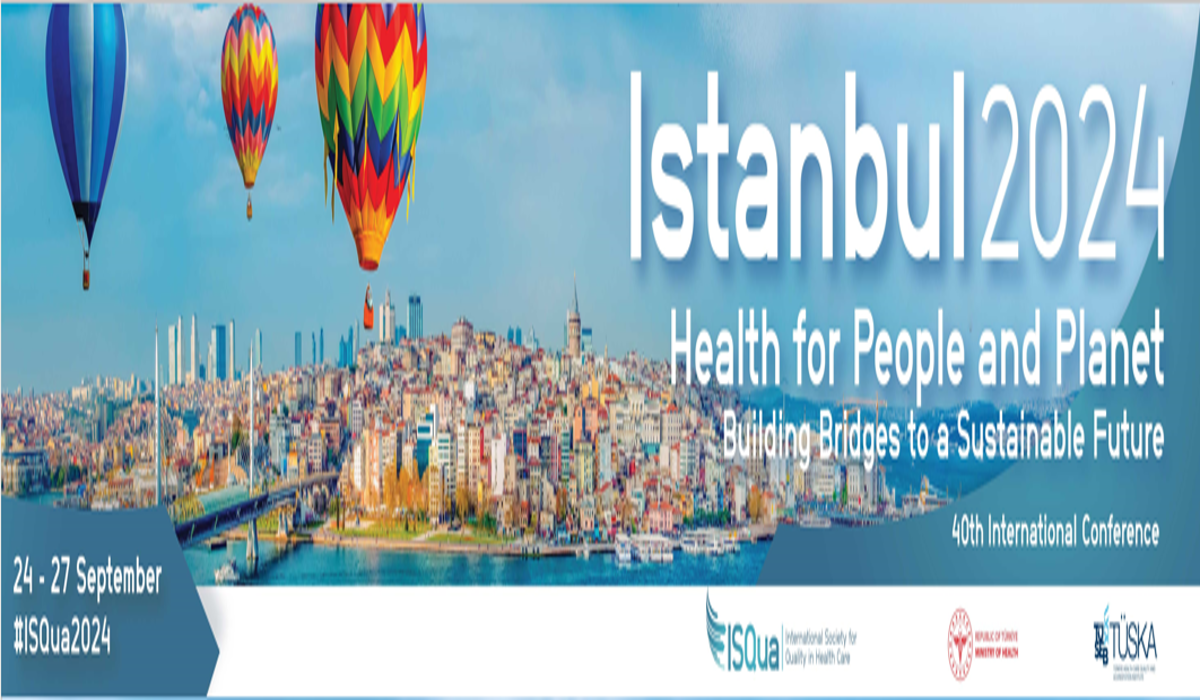ISQUA_2P Tech Hospital in Healthcare_2024

AIM
1.To support the development of healthcare systems by leveraging technology and innovation to address and solve existing challenges by applying the principles of human factors engineering
2.To implement tailored technologies that align with the specific needs of each hospital to enhance safety and operational efficiency.
METHOD
The development process, in collaboration with NSTDA, focused on fostering a safety culture through learning initiatives such as:
- Learning from incidents to expand innovations that can prevent risks in healthcare facilities.
- Developing a safety innovations curriculum, including root cause analysis and problem-solving through innovation.
Study on Innovation Development in Hospitals
- Study Design: The study employed a descriptive and testing approach, incorporating focus group discussions and phenomenological observations during surveys and seminars.
- Innovation Sampling: The most developed innovations centered on improving patient care processes, with a focus on medical and blood safety, as well as emergency response.
- Reliability Testing: Both NSTDA innovation teams evaluated the hospital testing process based on established hospital standards and medical device guidelines.
- Validity and Sensitivity Testing: Focus group workshops were conducted to facilitate discussions and exchange opinions on testing results between the innovator teams, experts, and observers.
RESULT
Between 2019 and 2024, hospitals were required to submit their work to participate in the project. Out of 200 submitted projects, 40 were further developed into practical prototype innovations capable of solving real-world problems, and 10 innovation project were selected to pilot implemented. One of these projects involved transferring technology to hospitals nationwide, expanding the reach to hospital networks supported by research. This effort led to multiple patents and certifications across three key projects. The most developed innovations focused on improving patient care processes, medical and blood safety, and emergency response.
The majority of innovations developed were aimed at improving patient care processes, medical and blood safety, and emergency response. For example:
- Two problem-solving innovations were tested and yielded positive results.
- Continuous development and improvement of the hospital model, with volunteers serving as mentors in patient care processes, have significantly supported Thai public health services. This initiative has reduced inequality, increased access to care, decreased healthcare personnel workload, and helped prevent the recurrence of risks associated with adverse events.

